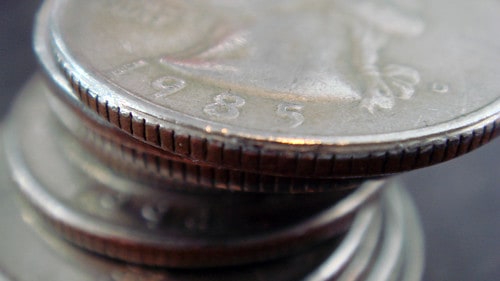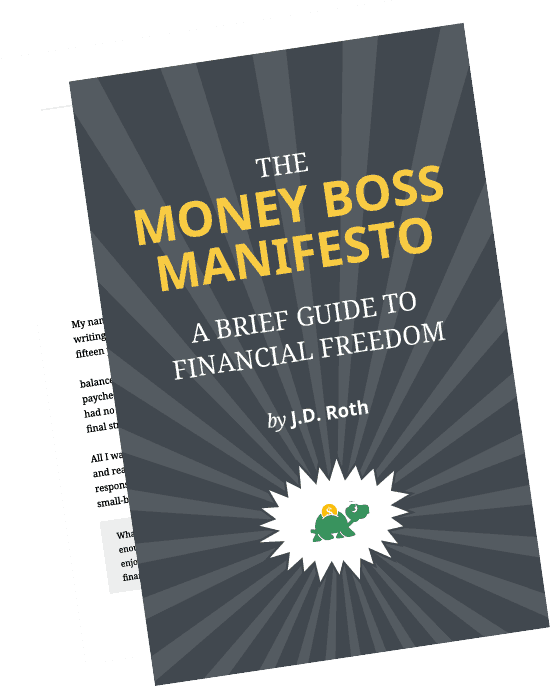The per-diem system: An easy way to budget your spending money
This article was written by Spencer, a GRS reader in New York.
As a guy who just finished paying off $14,000 in credit card debt, I wanted to share one tip that helped me get over the bad debt hump. I allocate my spending money on a per diem system. At the beginning of each cycle of my monthly budget, I set aside funds for:
- Every fixed expense that I have (rent, cable/internet, groceries, power)
- Any unique expenses (a plane ticket, for example)
- And, of course, my savings (about 8 percent of my after-tax, after-401k income)

I tried just having the cash on hand and doling out the right amount each day, but I kept dipping into it whenever I was in a pinch. By investing a small amount of work in the division of the cash, dipping into my reserves makes me feel like I am undoing work instead of just taking an advance.
My all-cash diet keeps me honest about my spending habits. When I started, I allocated one amount for Monday through Thursday, and double that amount for weekends and holidays. I have more leeway in my cash flow after paying off my credit cards, so now I just have one flat rate for each day.
Here’s why I like my system:
- Because my budget takes account for my necessities and savings, I never have to feel guilty about spending money. My per diem is meant to be “walking around” money — the whole point of having it is to spend it.
- Spending only cash stops me from treating my finances as out-of-sight, out-of-mind. I know darn well how much I can spend because it’s right there in front of me.
- Although my per diem is meant to be spent, I usually save a little every day. After a while, it’s easy to build up a nice $200 cushion in my wallet that is regularly replenished. And if I want to splurge on a night out, I can. In the morning, I will just be back to normal, not in the hole. Now I always feel like I have money in my pocket (because I do), even though I am actually on a strict budget.
The most important thing I have discovered using a per diem system is to be honest about your actual monthly expenses. It’s better to add an item to you monthly budget and reduce your per diem than to try to shoehorn in a recurring expense. For example, smokers should budget for cigarettes and not pay for them out of the per diem. The per diem is meant to only pay for expenses that you cannot otherwise predict.
It’s better to have a low per diem (when I started I could only afford $12 on weekdays) than to regularly wipe out your per diem with recurring charges. In the long run, that will just frustrate you and make you feel perpetually broke.
J.D.’s note: Each of us has our own unique approaches to money management. We develop our own tricks — or money hacks — to circumvent our personal weaknesses and to help us meet our goals. If you have a personal money hack you’d like to share with GRS readers, please drop me a line. Photo by chrisdlugosz.
Become A Money Boss And Join 15,000 Others
Subscribe to the GRS Insider (FREE) and we’ll give you a copy of the Money Boss Manifesto (also FREE)

